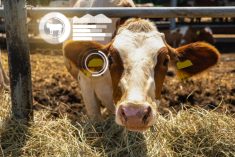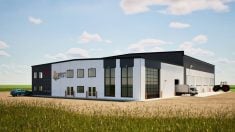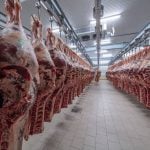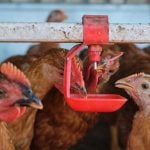Bringing new equipment onto a farm can be an exciting and productive change to the way the farm operates. Having the latest in horsepower, capacity and technology can make the farm more efficient and easier to run.
If one has the luxury to pay for it, it can be an obvious choice to order the latest and greatest — but there are some factors to keep in mind, especially when ordering in the first year of a brand-new release.
The benefits to brand new equipment are clear. Typically, more horsepower, better fuel economy, larger capacity and more technology make the new model that much better. More horsepower in a seeding tractor reduce slippage and have a better chance of pulling the drill out of a sticky situation. In a combine, more horsepower equals fewer plugs when working in less-than-ideal conditions and more threshing capacity to take in big bushels faster. A boost in capacity in both machines means more acres worked before stopping to load or unload.
Read Also
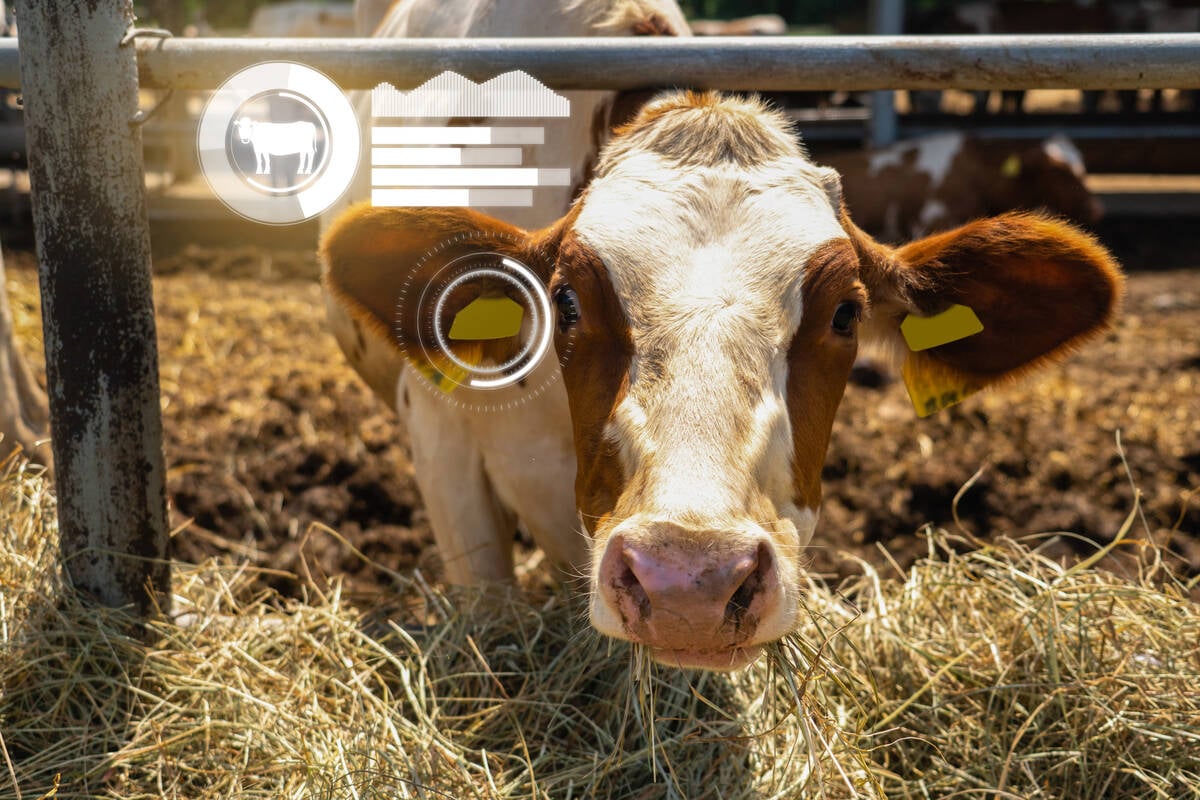
Cows in the cloud
Beef cattle herd management software has become an essential tool over 15 years for Lonesome Dove Ranch in Saskatchewan.
Better technology, whether it’s sectional control, quick depth adjustment or automatic harvest settings, can make an operation more efficient. Better fuel economy saves on the bottom line.
All parts are fresh, without wear, reducing the likelihood of a part breaking, but even if something does break, warranty usually has it covered. These repairs can also be covered by the dealership with its technician, again saving on bottom-line costs.
But…
The more interesting conversation is a discussion of the downsides. Ordering new equipment means it needs to be assembled and delivered. This leaves a customer at the mercy of the manufacturer’s build schedule, which depends on a long list of factors. Their suppliers’ timelines, labour force and shipping schedules all have an impact on machinery build times. If any one of those supply chains is affected, so is the end product.
The same could be said for parts availability in-season. If a specific part is only made for a new model year, there won’t yet be many in circulation. Downtime can then add up if a specific part becomes a common issue. Having a good relationship with both the service and parts departments of your local dealership can help in these scenarios. Your local service and parts people have a more in-depth understanding of this equipment than does the average producer. Many times, they can see potential issues before the machine ever hits the field. Great parts departments will be prepared for these issues ahead of time, with inventory in stock, although this can be difficult with inventory closely monitored. A good standing with the service department can also help move your issue higher up the priority ladder. It will save time and labour to be properly prepared going into the busy season.
Case in point: a producer purchased multiple new combines the first year of a new model release. A part had broken and they were trying to get a new part ordered. In contact with their dedicated parts person at their dealership, they found the drawing with which the parts person was supplied didn’t match the parts on the machine. The broken part was actually missing from the parts breakdown. The parts person had to contact the manufacturer, make them aware of the issue, and wait for them to remediate the discrepancy and provide a new drawing.
While this may be an uncommon case, it shows the issues that may come up in the year of release on a new model. At the end of the day, the specific problem was fixed — but in much more time compared to an older model of equipment that has all the correct information available.
Many factors go into such a large monetary commitment, and a return on investment needs to be seen. Better fuel economy, higher horsepower, larger capacity and better technology all play into this commitment. Even if the draw of brand-new equipment is in the cards, some risks still need to be kept in mind when committing to the expense.



